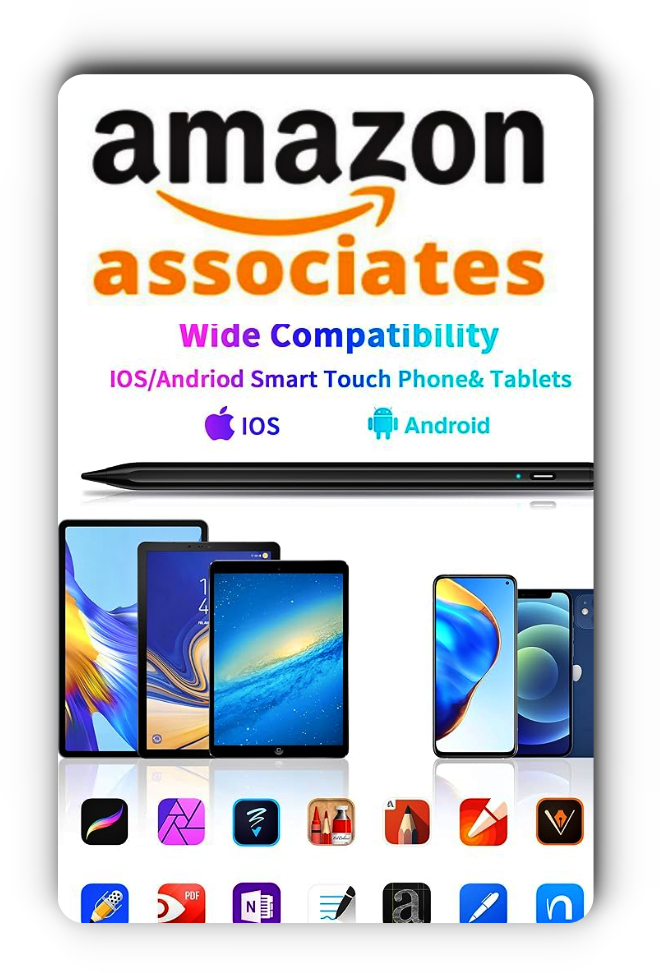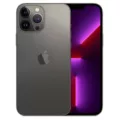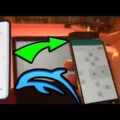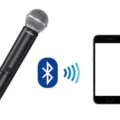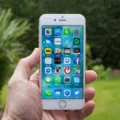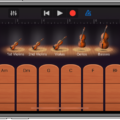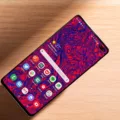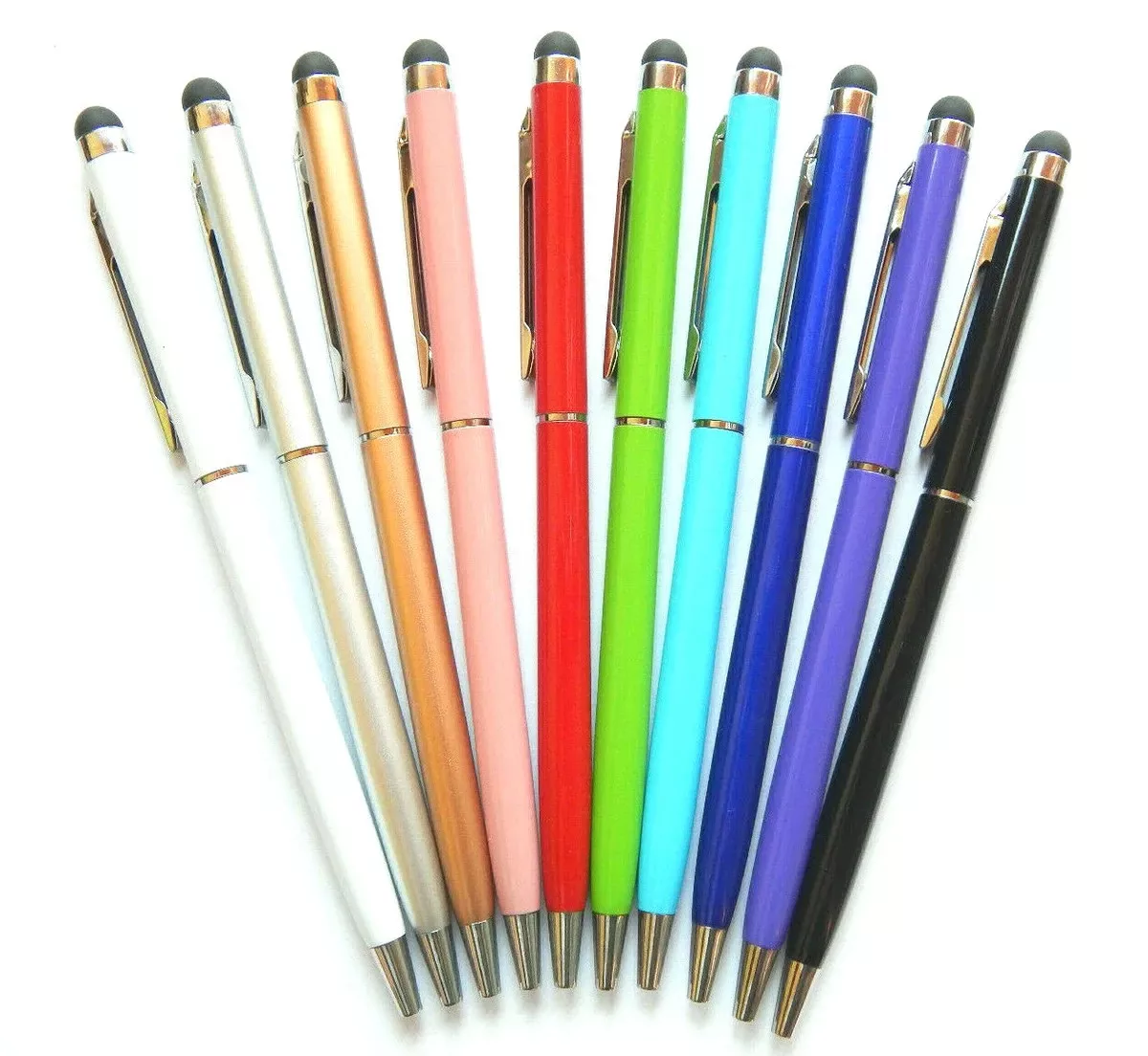
A stylus is a handy tool that can enhance your smartphone experience by allowing you to navigate and interact with your device in a more precise and efficient manner. But does a stylus work on any phone? Let’s explore the different types of styluses and their compatibility with various smartphones.
First, let’s discuss the two main types of styluses: resistive and capacitive. A resistive stylus is designed to work with resistive touch screens, which are commonly found on older smartphones and some budget-friendly devices. These screens require pressure to be applied for them to register touch input. You can easily test if your phone has a resistive touch screen by using a soft plastic item with a small end, like a pen cap. If the screen reacts to the item, then your device likely has a resistive touch screen, and practically any stylus will work on it.
On the other hand, capacitive styluses are designed to work with capacitive touch screens, which are found on most modern smartphones. These screens use the electrical charge from your finger to register touch input.
If your device does not react to a soft plastic item, you can try using a pencil eraser as a makeshift capacitive stylus. The electrical conductivity of the eraser can simulate the charge from your finger and allow you to interact with the screen.
It’s important to note that capacitive styluses are not universally compatible with all smartphones. Some devices may have specific requirements or limitations, so it’s always a good idea to check the manufacturer’s specifications or consult the user manual to ensure compatibility.
Additionally, there are active styluses that come with advanced features like pressure sensitivity and palm rejection. These styluses usually require specific software or hardware integration to function properly and are often designed for specific smartphone models or operating systems.
While a resistive stylus can generally work on any device with a resistive touch screen, a capacitive stylus may not work on all smartphones. However, with the use of a pencil eraser or an active stylus, you may be able to achieve stylus functionality on a wider range of devices. It’s always best to check the compatibility requirements of your specific smartphone before purchasing a stylus to ensure optimal performance.
Purchase Your Stylus Pen Compatible for Android and iOS Touchscreens Here!
How Do You Know If Your Phone is Stylus Compatible?
To determine if your phone is stylus compatible, you can follow these steps:
1. Check the type of touch screen: The type of touch screen on your phone plays a crucial role in determining stylus compatibility. There are two main types of touch screens – resistive and capacitive.
– Resistive touch screen: If your phone has a resistive touch screen, it is more likely to be stylus compatible. You can test this by using a soft plastic item with a small end, such as a pen cap. Gently touch the screen with the plastic item and see if the screen reacts. If it does, your phone has a resistive touch screen and can work with practically any stylus.
– Capacitive touch screen: If the plastic item test does not work, your phone likely has a capacitive touch screen. In this case, it may not be stylus compatible.
However, some newer phones with capacitive touch screens are designed to work with specific styluses that have a fine tip or a conductive material. Check with your phone’s manufacturer or do some research to see if there are compatible stylus options available.

2. Try a pencil eraser: If the plastic item test did not work and you have a capacitive touch screen, you can try using a pencil eraser as an alternative.
The graphite in the eraser can sometimes act as a conductor and allow the screen to recognize touch. Gently rub the eraser on the screen and see if it registers any input. Keep in mind that this method may not work on all phones, and the accuracy may vary.
If neither of these methods work, it is likely that your phone is not stylus compatible. However, it is always recommended to consult your phone’s user manual or contact the manufacturer for specific information regarding stylus compatibility.
Do Stylus Pens Work on All Devices?
Passive/capacitive stylus pens are compatible with any device that responds to finger touch input. This includes smartphones, tablets, touchscreen laptops, and other similar devices. These stylus pens utilize the same technology as a human finger, making them universally compatible with touchscreens.
It is important to note that passive stylus pens do not require any additional power source or batteries to function. They work by mimicking the conductive properties of a finger, allowing users to interact with their devices more precisely and comfortably.
In addition to their compatibility with various devices, stylus pens often come with dual functionality. Many models feature a built-in ballpoint pen on the opposite end, allowing users to switch seamlessly between digital and traditional writing tasks. This versatility makes stylus pens even more practical and convenient for everyday use.
If a device is designed to respond to finger touch input, it is highly likely that it will also work perfectly fine with a passive/capacitive stylus pen.
Why Can’t You Use a Stylus on Your Phone?

There could be several reasons why you are unable to use a stylus on your phone. Here are some possible explanations:
1. Incompatible hardware: Not all phones are designed to work with a stylus. Some phones have specific digitizers or touchscreens that are optimized for stylus input, while others may not have this capability. It’s important to check if your phone model supports stylus input before attempting to use one.
2. Software limitations: Even if your phone supports stylus input, there may be software limitations that prevent it from working. Some apps or operating systems may not have built-in support for stylus input, so you may need to use third-party apps or modify your phone’s settings to enable stylus functionality.
3. Damaged or faulty stylus: If you are using a stylus that is not working, it’s possible that the stylus itself is damaged or faulty. Try using a different stylus or test the stylus on another compatible device to see if it works. If the stylus is indeed damaged, you may need to replace it.
4. Screen protector or case interference: If you have a screen protector or case on your phone, it’s possible that it is interfering with the stylus functionality.
Some screen protectors may not be compatible with stylus input or may be too thick, causing issues with accuracy or responsiveness. Similarly, certain cases may obstruct the stylus from making proper contact with the screen.
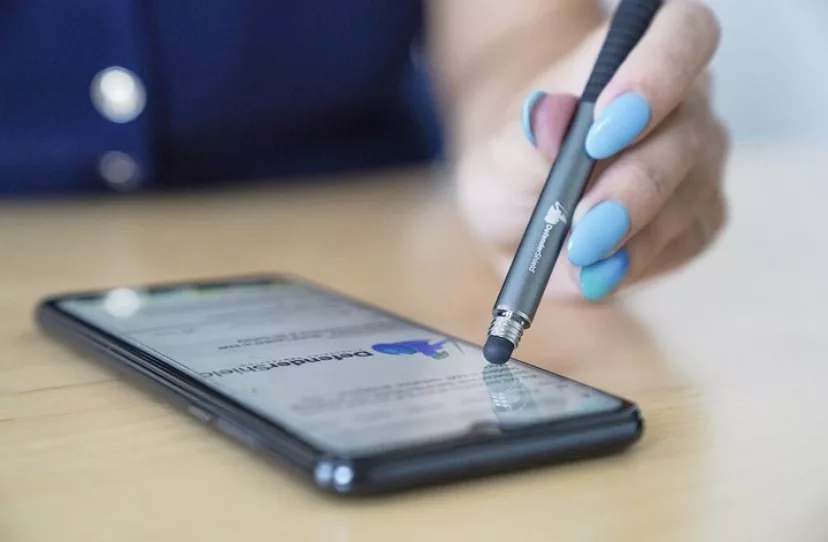
5. Calibration issues: Occasionally, the touchscreen of your phone may need to be recalibrated for accurate stylus input. Check if your phone has a calibration tool in the settings menu and perform the calibration process if necessary.
6. Battery or power-related problems: Some styluses require batteries to function properly. If your stylus is not working, check if it needs a fresh battery or if it is properly charged.
7. Hardware or firmware issues: In rare cases, there may be underlying hardware or firmware issues with your phone that affect stylus functionality. If none of the above solutions work, it may be necessary to contact the manufacturer or a professional technician for further assistance.
Remember, the specific reasons why you can’t use a stylus on your phone may vary depending on the phone model, software version, and other factors. It’s always recommended to consult your phone’s user manual or seek support from the manufacturer for accurate troubleshooting steps.
What Makes a Stylus Work on a Phone?
A stylus is a device used to interact with touch screens, such as those found on smartphones. It allows for more precise control and input compared to using your fingers alone. So, how does a stylus work on a phone?
1. Conductive Material: A stylus typically consists of a conductive material, such as metal or carbon, at its tip. This material allows the stylus to transfer electrical charge.
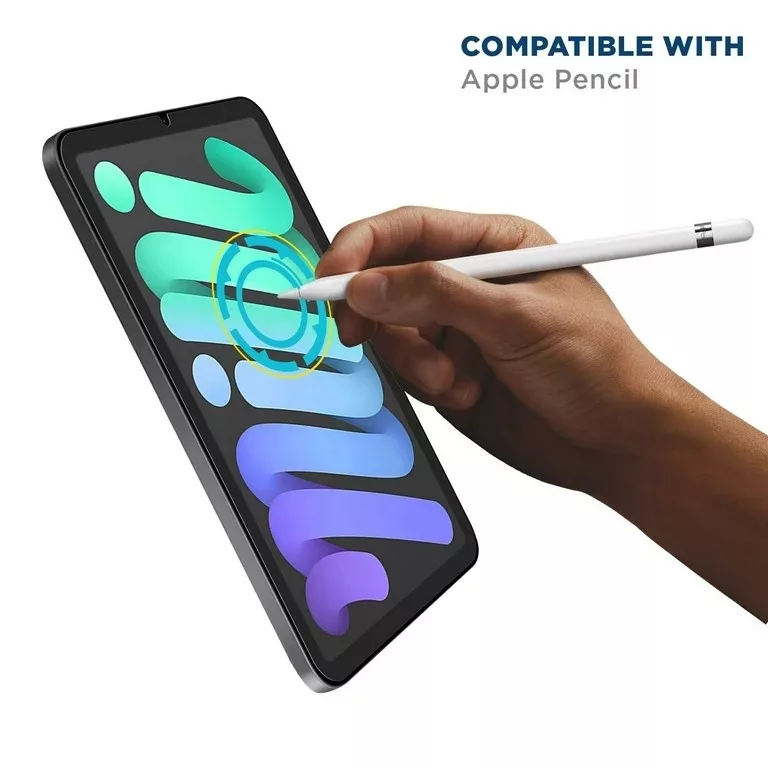
2. Capacitive Touchscreen: Most modern smartphones use capacitive touchscreens. These screens are made up of layers of glass with a conductive coating. When you touch the screen with your finger or a stylus, it creates an electrical connection.
3. Electrical Charge: When you touch the screen with a stylus, the conductive material at the tip of the stylus acts as a conductor, transferring the electrical charge from your hand to the screen. This mimics the interaction of your finger with the touchscreen.
4. Detection of Electrical Charge: The touchscreen’s sensors detect the change in electrical charge caused by the stylus touching the screen. The location and movement of the stylus can be determined based on the changes in electrical charge detected by these sensors.
5. Precision and Control: The use of a stylus allows for more precise input as compared to using fingers alone. This is especially beneficial when performing tasks that require accuracy, such as drawing, writing, or navigating small buttons or menus.
6. Passive Stylus: It’s important to note that the stylus used on most smartphones is a passive stylus, meaning it does not have any active electronic components.
There is no direct communication between the stylus and the device. Instead, the stylus functions by conducting the electrical charge from your hand to the screen, just like your finger would.
A stylus works on a phone by using a conductive tip to transfer the electrical charge from your hand to the capacitive touchscreen. This allows for precise input and control, making it useful for tasks that require accuracy on a touch screen device.
Conclusion
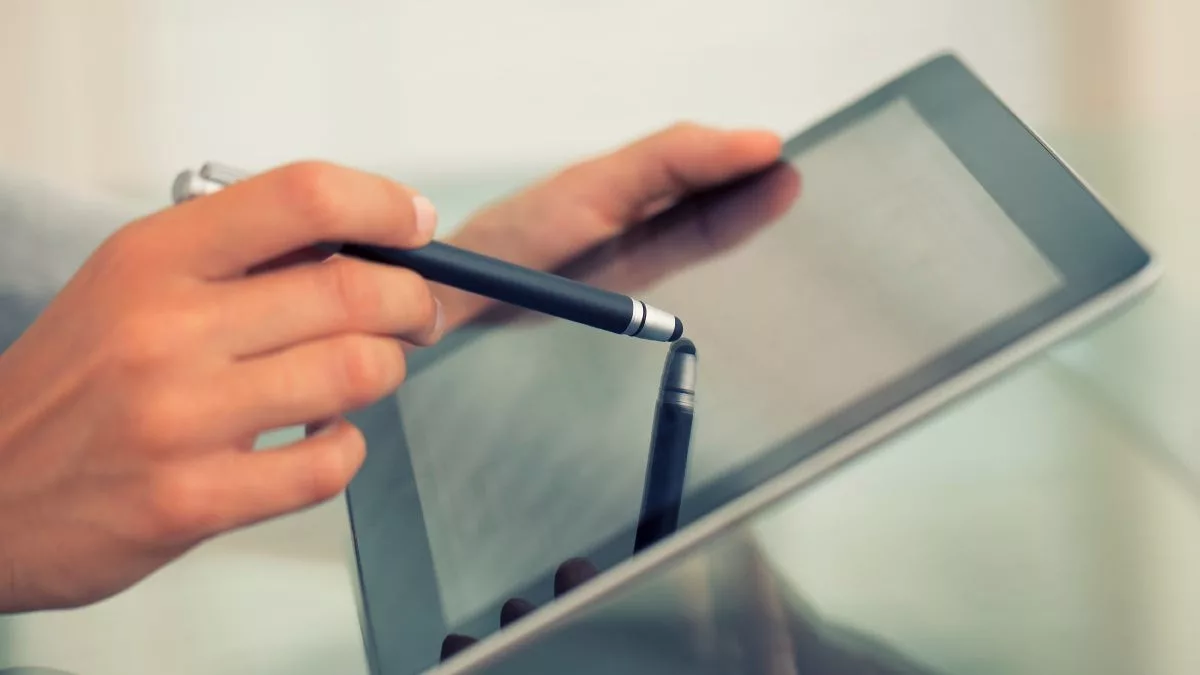
The use of a stylus can greatly enhance the functionality and convenience of your device, whether it has a resistive or capacitive touch screen. If your device has a resistive touch screen, you can use a soft plastic item with a small end, such as a pen cap, to interact with the screen. For devices with capacitive touch screens, a passive/capacitive stylus will work just like your finger, allowing for precise and accurate input.
If you find that the stylus is not working on your Android phone, you can try restarting your device in safe mode. This can help identify any problematic apps or software that may be causing the issue.
It’s important to note that there is no direct communication between the device and the stylus. Instead, the passive stylus conducts an electrical charge from your finger to the screen, mimicking the touch of your finger. This makes it compatible with any device that responds to finger touch, making it a versatile tool for anyone.
Furthermore, combining the functionality of a stylus with a ballpoint pen makes it even more useful for daily tasks. This dual-purpose design allows for easy note-taking and precise touch screen navigation, while also promoting your branding and advertisement.
A stylus is a valuable accessory for any device, providing convenience, accuracy, and versatility. Whether you need to jot down notes, navigate touch screens with ease, or simply personalize your device, a stylus is a practical and effective tool to consider.

